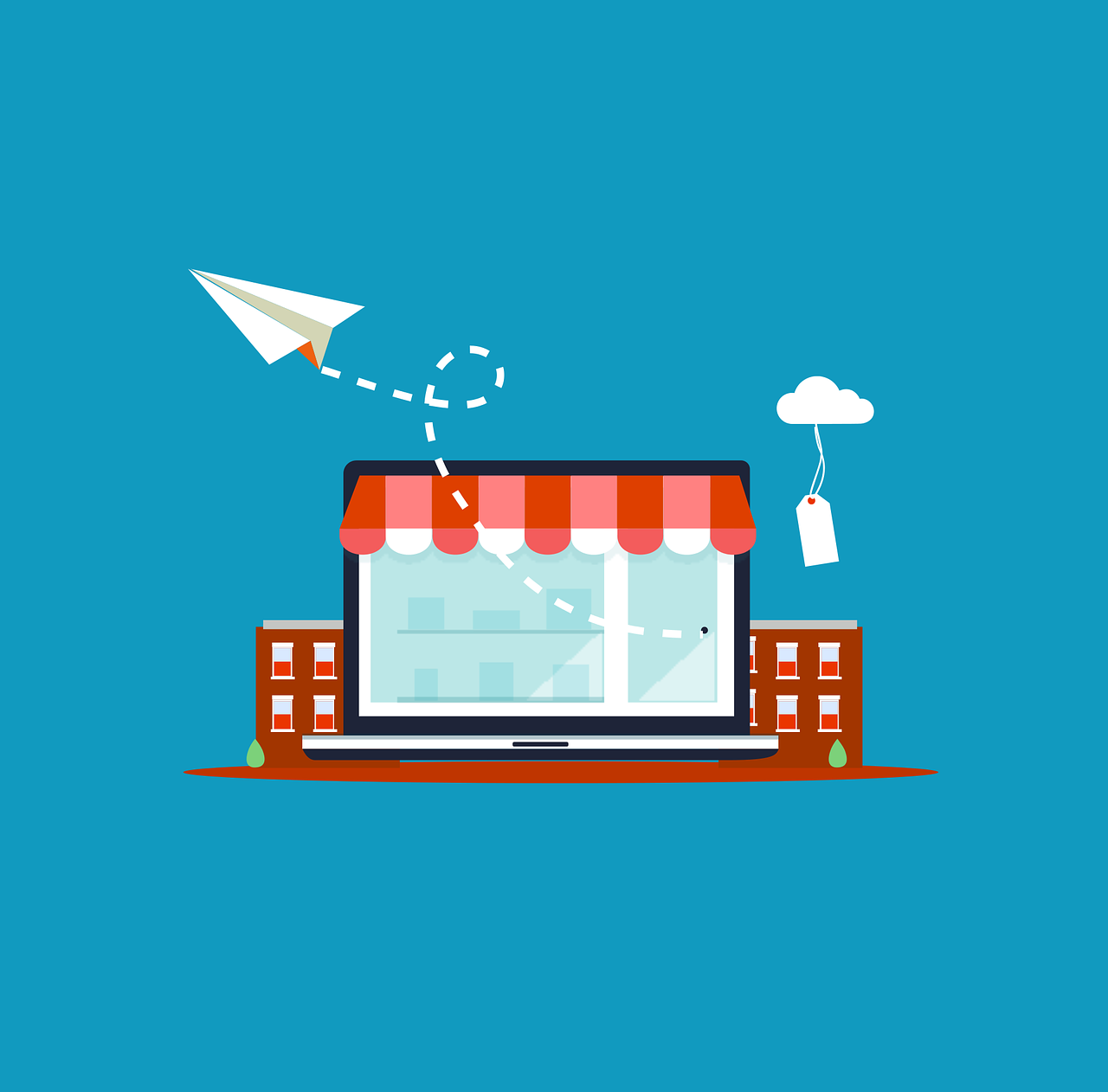Developing a user onboarding funnel is one of the most important parts of any business. This process involves two parts: the Human element and the sales process. It also involves implementing proactive popups and messages, walkthroughs, checklists, and exclusive offers and content. There are many types of onboarding funnels, and many of them can be used by almost any business.
User onboarding funnel
User onboarding is the process of helping users with your product or service. The process begins when the user first sees your product or service. It continues after they upgrade or sign up for premium services. It involves not just teaching the user how to use the product, but also helping them understand its value. This process applies the concept of service design.
The first step in a successful user onboarding funnel is to get to know your users. Get to know them well, and offer a personalized experience. If your users feel valued, they are more likely to recommend your product to others. Try personalizing your emails. A personalized email will get a response, and you’ll connect with your prospect better.
Another critical element to creating an effective user onboarding funnel is defining the goal of your onboarding process. This can help you tailor your onboarding process to achieve that goal. For example, a successful user onboarding funnel could lead to a purchase or subscription. Click the link: https://www.clickfunnels.com/blog/onboarding-funnel/ for more information about this process. The goal of onboarding is to make the process of a customer as seamless and satisfying as possible.
The process should be user-friendly and include an introduction to your product or service. A personalized approach will help turn curious consumers into dedicated customers. Ensure that your message is timely and relevant. It should encourage them to take the next step.
Five parts
Your onboarding funnel is an important part of your user experience. It should educate your leads about your product or service and convert them into loyal customers. To achieve this, you must engage them from the very beginning and convince them that your company can provide them with the experience they need. There are five parts of the onboarding funnel.
The first part of the funnel should include general company information. It should also include relevant information for each department. But, you must not overwhelm them with too many information. The important information should be easily accessible. Keep in mind that the onboarding process will need to change and evolve as your business grows.
Secondly, you need to understand your target audience. You may have different customers who require different types of services. This will help you design an onboarding funnel that will attract the right kind of customers for your business. If you are running an agency, you may want to start with the most popular services.
Lastly, you should map the user’s journey to understand the end-to-end onboarding process. Doing this will help you identify areas where your users experience friction. It will also help you engineer Aha moments and accelerate activation.
The onboarding phase is a crucial stage in the customer journey. It involves educating your customers about your product, how it works, and how to use it. Ultimately, the faster they can start integrating your product on their own, the more likely they are to become loyal customers.
Human element
The Human element of this process is an essential component of any customer journey. Good customer creation requires an education component that helps the customer become comfortable with the service or product. This can be done through educational content like articles, social media posts, video guides, vlogs, knowledge bases, or PDF downloads. Click here for more information about vlogs.
The aim of this content is to welcome customers aboard your platform and lead them to conversion. Customer creation involves building relationships and providing value, and good communication is crucial to this.
The Human element of the sales process can be divided into five stages: before the user becomes a customer, during the process, and after the user has become a paid user.
Claims and revelations
A funnel consists of a series of steps to help new users experience the product and benefit from it. Users enter the funnel with hopes, such as saving time or accomplishing a goal more quickly. It’s important to target this type of user with marketing and trial offers. Throughout the funnel, users should be guided by a core message, including claims and revelations. Ultimately, this messaging should make them believe in the product.
The first step in this funnel is to map out the claims and revelations that you want to convey to your customers. Ideally, this process begins with an existing persona who’s signed up for a trial offer. This persona may already have some beliefs, and if you’ve already made contact with them, you can begin mapping out these beliefs.
Activation event
The Activation event refers to the point at which new users begin to actively explore the product or service. This event is usually tied to a task or profile setup that a user performs while using your product or service. This milestone is often considered a success because it increases the user’s retention and decreases the initial dropout. It also increases your customer lifetime value because it increases the number of value exchanges.
When creating an onboarding funnel, try to minimize the steps required to activate a user. Too many steps can make it difficult for a user to reach the Activation event. Keep the campaign short and simple so that your users can focus on your product and not on the logistics.
When designing an activation funnel, you need to create a process that will enable users to reach their aha moment. By defining this process, you can measure the conversion rate of your users. For example, if a new user completes the first five steps in a given process they’re 20% activated, while an 80% completed process will generate 80% activations.
